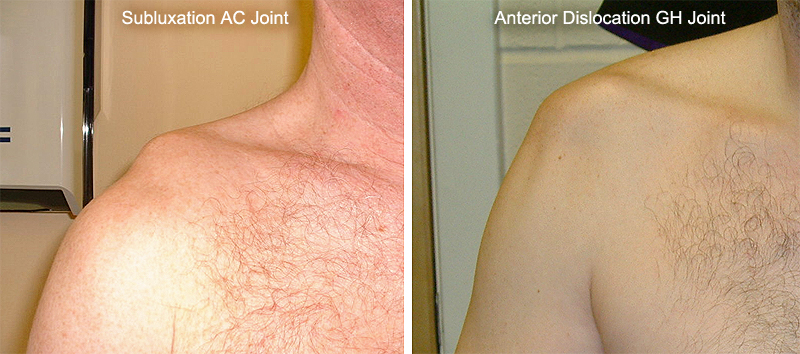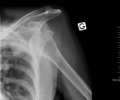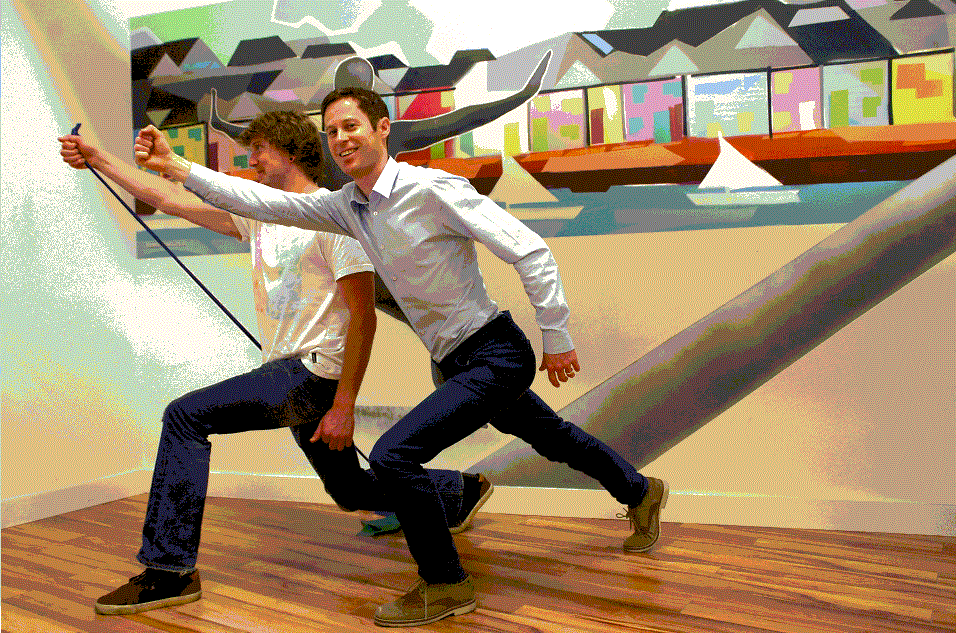nalco group
bone, muscle & joint pain physio
BOOK NOW / WHATSAPP ABOUT YOUR PAIN OR INJURY
- NOVENA 10 Sinaran Drive, Novena Medical Center #10-09, Singapore 307506
- TAMPINES 9 Tampines Grande #01-20 Singapore 528735
- SERANGOON 265 Serangoon Central Drive #04-269 Singapore 550265
Home > Blog > Shoulder Dislocation And Subluxation Physiotherapy
Shoulder Dislocation And Subluxation Physiotherapy

Shoulder dislocation and subluxation injuries refers to injuries where the humeral bone (the single long bone of your arm) when it dislocates or subluxes out of its socket.
There are three (3) types of dislocations and subluxations by movement
- forward (anterior) shoulder dislocations
- backwards (posterior) shoulder dislocations
- downwards (inferior) shoulder dislocations
Yes, in some cases, it can be combinations of two or three types, but patients most commonly experiences the anterior (forward) one.
In most cases, shoulder dislocations are either:
- very painful, especially if it's the first time. Some patients report numbness in the arm/hands.
- not painful, especially when adrenaline is high (in sports events) or "dislocation is a regular event"
Subluxation, on the other hand, refers to a lesser degree of dislocation, and most times, the bone/joint pops right back together usually on its own or when the patient pushes the joint together again.
That being said, it is usually as painful as shoulder dislocations when it occurs.
Common Causes of Shoulder Dislocations and Subluxations
Usually dislocations and subluxations injuries happens due to direct physical/traumatic injuries such as:
- contact sports like rugby, soccer, basketball, boxing, taekwando, jujitsu
- car or motor vehicle accidents
- falling forwards or backwards or sidewards and trying to break fall with hand
- hand/arm got caught in machinery or door
- etc
Most common cause of dislocations and subluxations actually is falling on outstretched hands, as falling can happen anywhere, anytime, and to anyone.
Symptoms of Shoulder Dislocations and Subluxation

Patients who have a dislocated or subluxed shoulder may experience one or more of the following conditions:
- very sharp pain in shoulder
- shoulder seems "loose and unstable"
- shoulder seems warm and swollen
- shoulder seems tender and painful to touch
- shoulder on one side seems heavier and weaker
- seems to have numbness or abnormal sensation on one side of shoulder/hand
Physiotherapy Diagnoses and Treatment
If you know someone who recently
- dislocated their shoulder
- experienced subluxaction in their shoulder
- experienced pain and inability to move their shoulder normally
They have to see a doctor or shoulder physiotherapist immediately.
The main focus will be to:
- if the shoulder is still dislocated or subluxed, to ensure that the joint is re-attached back to the normal socket and location, because if this is not done, there may be further complications (over-stretched nerves, ligaments, tendons, muscles etc)
- your doctor will help you to re-locate your shoulder together again (sometimes with help of anesthesia, sometimes without, depending on the environment and timing)
If you're unsure who to see, you can see us first and we can recommend which orthopedic doctor is best for you, get in touch with us (for shoulder cases, we'd refer you shoulder orthopedic specialists).
After that you will more than likely have to do an X-ray, because:
- we want to ensure that the alignment of the shoulder joint is normal
- we want to ensure that there is no fractures (sometimes there is fractures) or anything that is potentially missed
Physiotherapy for Shoulder Dislocation and Subluxation

Patients who had injured their shoulders, and especially patients who:
- have dislocated their shoulders without surgical intervention
- have dislocated their shoulders with surgical intervention
Will need and benefit from shoulder physiotherapy to
- strengthen the shoulder muscles
- increase the stability of the shoulder joint
- improve the range of motion of the shoulder
- normalize shoulder use and function
- prevent further dislocations
Good shoulder physiotherapy management has a very big and positive impact on protecting the shoulder complex and preventing other shoulder issues from arising in the mid to long term.
Your Shoulder Physiotherapy
Our senior shoulder physiotherapist will perform a thorough and indepth assessment to understand your shoulder condition, injury and pain history before creating a customized shoulder rehab program for you.
Physiotherapy treatments may include the following:
- transcuteneous electrical nerve stimulation to stimulate the weakened shoulder muscles
- ultrasound therapy to accelerate soft tissue healing
- heat therapy to increase flexibility of the shoulder joint (if post op, this cannot be done so quickly)
- shoulder ranging exercises (protected, assisted, active, resisted) to ensure your shoulder movement range is normal
- as the shoulder joint and muscles increase in strength and stability, our senior physios will start to add more strengthening into the regime to further strengthen your shoulder to increase stability (this will prevent dislocations in future)
